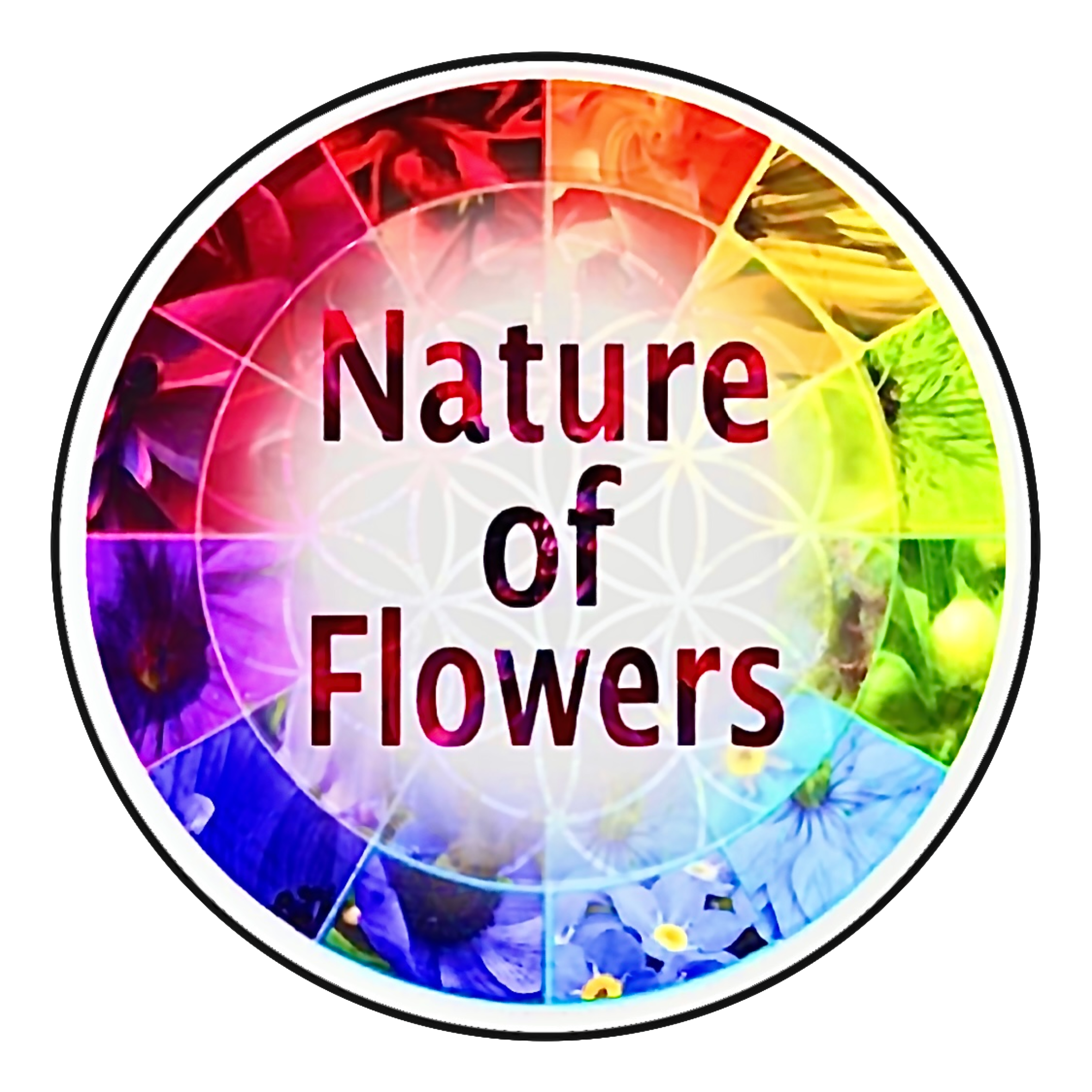 The Geometry of Harmony: Circles Interwoven into a Dodecahedron-Icosahedron Sphere
The Geometry of Harmony: Circles Interwoven into a Dodecahedron-Icosahedron Sphere
There’s something mesmerizing about the way geometry can speak to both the intellect and the imagination. The sculptural sphere in the image isn’t just a random lattice of lines — it’s a deliberate, intricate union of two of the most beautiful polyhedra in mathematics: the dodecahedron and the icosahedron, woven together through arcs and circles.
The Foundation: Circles as the Language of Unity
At its core, the sculpture is built from curving circular segments, not straight lines. Each strand follows a circular arc that gently bends and flows, forming petal-like intersections. This choice transforms a rigid polyhedral form into something almost organic. Where a purely geometric model might seem mechanical, the circular structure gives the design rhythm and life.
The circles define both the edges and the spirit of the form — each loop bending around and through the others, creating a sense of continuous motion. Light plays off these curved surfaces, emphasizing the spherical harmony of the entire piece.
The Dual Polyhedron: A Dance Between the Dodecahedron and Icosahedron
The hidden scaffolding behind this sculpture is the dual relationship between two Platonic solids: the dodecahedron (12 pentagonal faces) and the icosahedron (20 triangular faces). These two shapes are intimately linked — each vertex of one corresponds to the center of a face on the other.
When superimposed, the icosahedron and dodecahedron form a deeply symmetrical structure often referred to as a compound polyhedron. This compound captures both fivefold and threefold symmetry, creating a spatial balance that feels intuitively “right” to the eye.
In this sculpture, those symmetries are revealed through circular intersections — as if invisible planes of geometry have been “smoothed” into ribbons of energy. The result is a sphere of flow, where the edges of both polyhedra coexist and interweave.
The Interlocking Circles: Symbolism and Form
Each circular path represents one of the great circles of the sphere — the largest possible circles that can be drawn on a sphere’s surface. By arranging these circles along the axes of symmetry of the dodecahedron-icosahedron compound, the artist creates an intricate web of interlocking rings.
This structure echoes sacred geometrical patterns such as the Flower of Life and Metatron’s Cube, which also arise from overlapping circles arranged in symmetrical order. The design thus becomes both a mathematical model and a metaphysical symbol — a visual expression of the unity underlying apparent complexity.
A Play of Light, Shadow, and Space
Placed under light, this geometric orb reveals even more of its character. The shadows it casts are as important as the structure itself — expanding the geometry into a new dimension. The interwoven circles project overlapping petals and stars on the surface beneath, creating a dynamic interplay of two- and three-dimensional geometry.
Every shift in illumination redefines the sculpture, reminding us that geometry is not static — it is alive in the interaction between form, light, and perception.
Where Mathematics Meets Art
This design is a brilliant example of mathematical art — a synthesis of precise geometry and aesthetic intuition. The fusion of the dodecahedron and icosahedron gives it a cosmic resonance, as both shapes have been associated with celestial harmony since the time of Plato. 
available now
https://natureofflowers.com/products/3d-printed-flower-of-life-sphere-interwoven-geometry-of-unity

